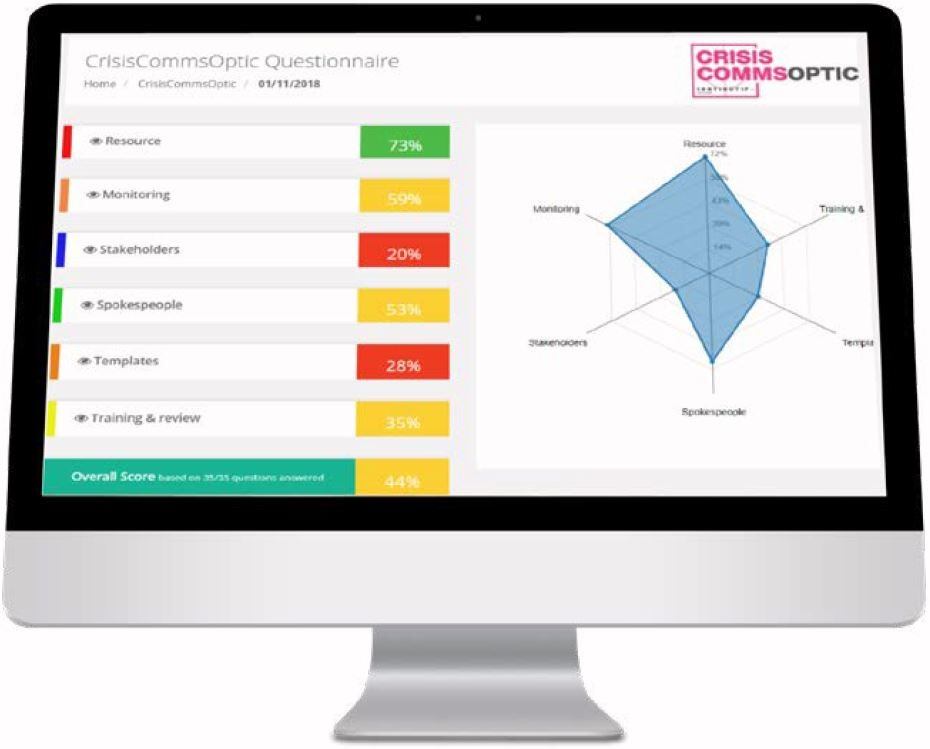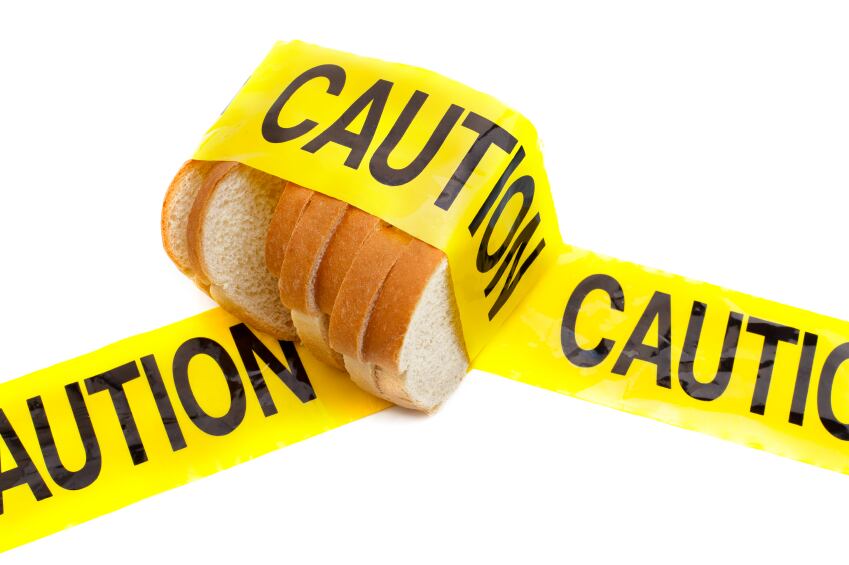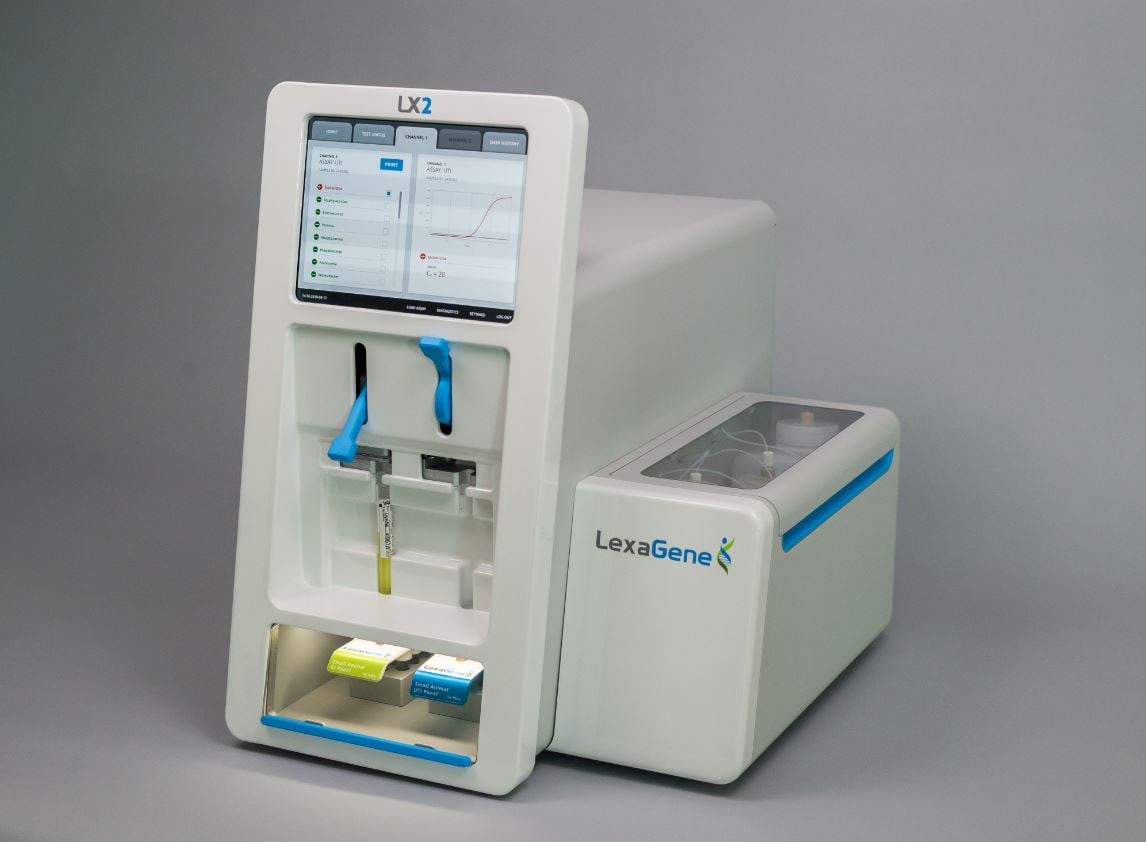Rapidly evolving digital technology has impacted every area of communications strategy – and crisis communications is no different. Social media and the 24/7 global news cycle means that an immediate response to issues like food recalls is required, crisis management expert Victoria Cross explained.
“We used to talk about the golden hour. Then it was the platinum five minutes. Now it is almost instantaneous. You still need to take a breath, consider whether you are going to engage, there could be rumour and fake news you are fuelling by engaging. But nine times out of ten yes, get involved, respond and take the message off the channel.”
That response needs to be “authentic” and “human” but also “agile” and “effective”, Cross, who is head of Instinctif Partners’ business resilience practice, suggested.
Instinctif Partners offers a range of diagnostic tools that aim to help companies prepare for the worst. Two years ago, the company launched its CrisisOptic and RecallOptic platforms. And while these present a “deep dive” option, Cross said that they also uncovered a common weakness in crisis plans: communications.
“Often a potential weak link could be within the corporate communications team… We are dealing with crisis on behalf of food manufacturers day in day out. There are things we see time and again that are glaring weaknesses coming out of a potential lack of peace time discussion between technical and corporate comms.”
Last year, the company helped manage 40 crisis situations. In 2019 to date the group has dealt with 11 occurrences.
“None of this is highly technical. It about remembering there are human beings trying to interact with your brand, trying to understand what is happening. It is all about having that human response that someone is authorised to post in a timely manner and be able to react to what happens next.”
Nevertheless, the fast pace of change in the digital sphere can sometimes mean communications teams are caught on the back-foot if the worst occurs.
“The media landscape has evolved organically. One minute everyone’s on Facebook, the next that’s only for your Granny and it’s all about Snapchat. The response has to evolve but centrally the crisis team and the crisis communications team might not necessarily know how to keep up and use those different channels, in all the geographies.”
Break down organisational silos

Cross believes that the key to an effective response in a crisis is thorough preparation during “peacetime”. This can be simple steps – like knowing who is responsible for which digital channels – and extends to ensuring that technical and compliance functions within the business are able to communicate effectively internally so external messaging hits the mark.
“It is about really tangibly understanding what the digital crisis communications plan looks like. How it works. How it monitors [digital channels] that. And crucially how the organisation can respond,” she told FoodNavigator.
In this context, breaking down silos within organisations is key: “It is about having the people responsible for risk and governance, sitting down with the people responsible for technical, sitting down with the people responsible for communications. It’s about making sure there is real deep understanding - if this happens we do want to communicate and get on the front foot.”
Because social media means those communications will happen with or without you. “We are always advising clients take the conversation off the live environment. But unless the food manufacturer is at the heart of that conversation it will go on without you. That’s when rumour and erosion of trust comes to bear.
“Every organisation can be forgiven for having to have a recall. They happen day in day out. But it is how you are then seen to be dealing with it that is the acid test of how your reputation comes out the other side.”

CrisisCommsOptic is a benchmarking tool that quantifies communications readiness. This is achieved by asking a range of questions in six key areas, including:
- Resource – Do you have a dedicated 24/7 press office media function to manage external communications?
- Stakeholders – Do you have a process to help you identify all potential internal and external stakeholders with whom you may need to communicate?
- Templates – Do you have an approved holding statement on file to fill in the blanks during a crisis?
- Training & review – Do you have a process identified for the review and continuous improvement of the press office / media and digital media function after a crisis?
- Monitoring – Do you have a process / service for media/social media monitoring?
- Spokespeople – Do you have trained and approved crisis media spokespeople?




